
Is Film Photography Hard? Challenges and Surprises of Film vs. Digital
May 25, 2024
Film photography, often romanticized by professionals, hobbyists, and hipsters for its nostalgic charm and artistic allure, has experienced a rebirth in the last decade. Despite the rise of sleek digital cameras and smartphones, many photographers are drawn to the tactile and analog nature of shooting on film. However, a two common questions arise for those considering the jump into analog: is film photography hard compared to shooting digital? Also, should I start with film or learn on digital first?
The answers are more complicated than meets the eye. Film photography can certainly be hard for beginners, but it's these very challenges that make it rewarding and unique. And you can totally start learning photography on a film camera first, but read on to know what you are getting yourself into.
I'm going to provide some basics to consider and also share plenty of my own personal experience since my decision in 2017 to start shooting film again. I originally did start on film cameras when I was younger, and then 'graduated' to digital cameras for about 10 years before returning. Now, I happily shoot both film and digital.
The Difficulties of Film Photography
Technical Aspects
One of the primary challenges in film photography is the need to understand the technical aspects of photography. Unlike digital cameras that offer unlimited re-dos, immediate feedback on an LCD, and automatic everything, many film cameras require a solid understanding of the theory of photography. Photographers must grasp the fundamentals of exposure, including shutter speed, aperture, and ISO. Understanding the exposure triangle is paramount. Also, film does not forgive underexposure as easily as digital can, making metering light correctly an important skill.
Get ready to have plenty of WTF? frames:
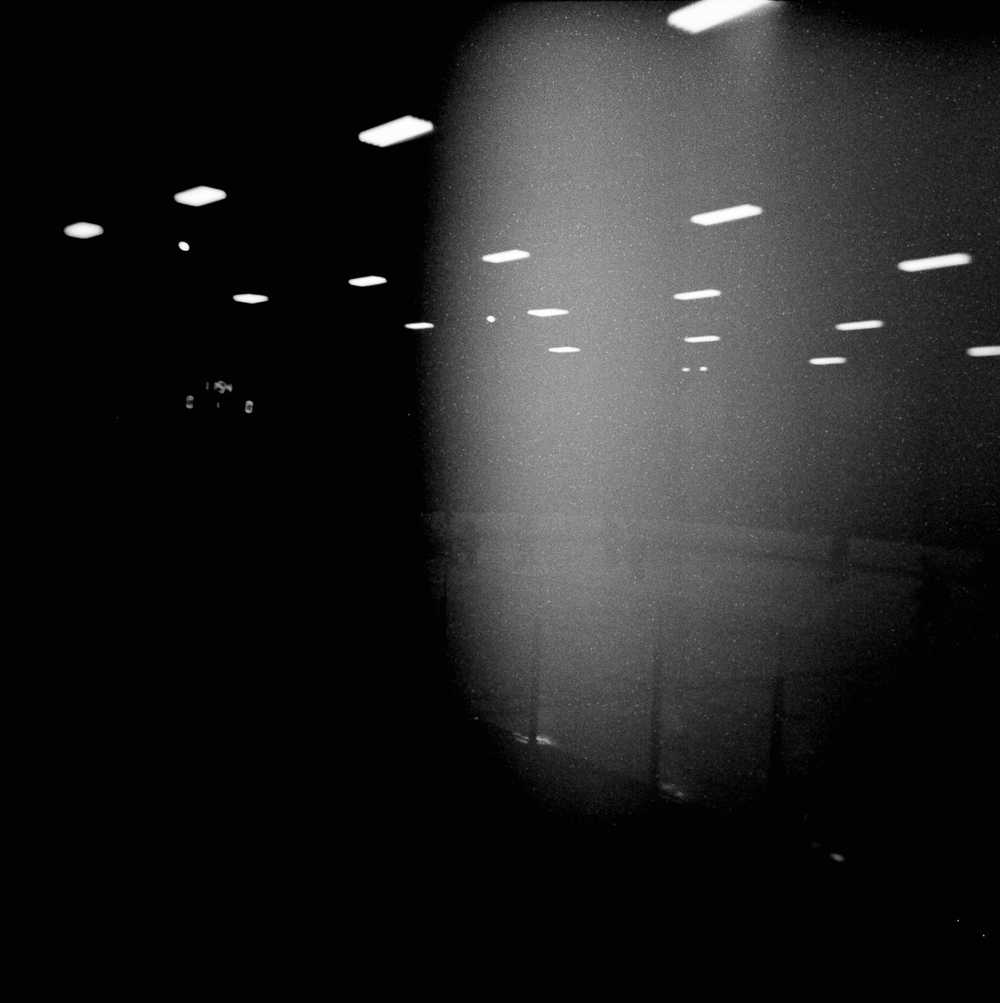
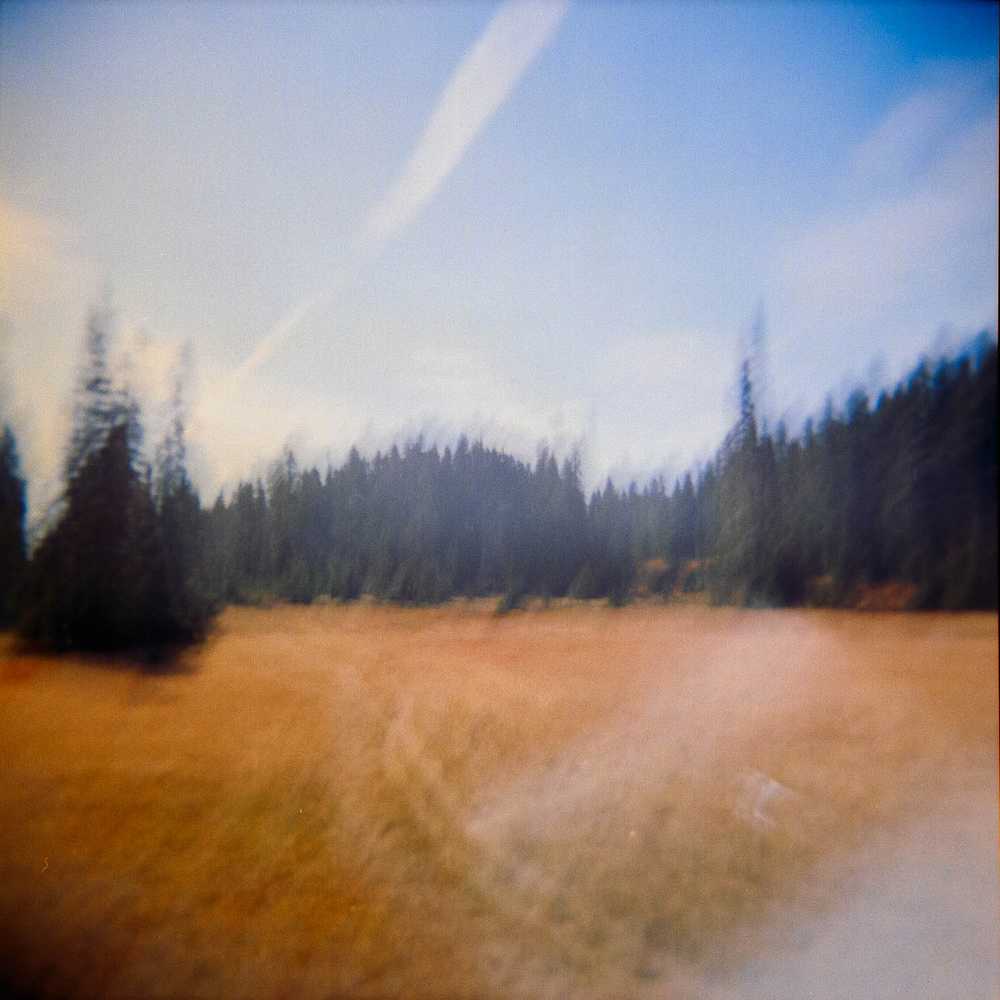
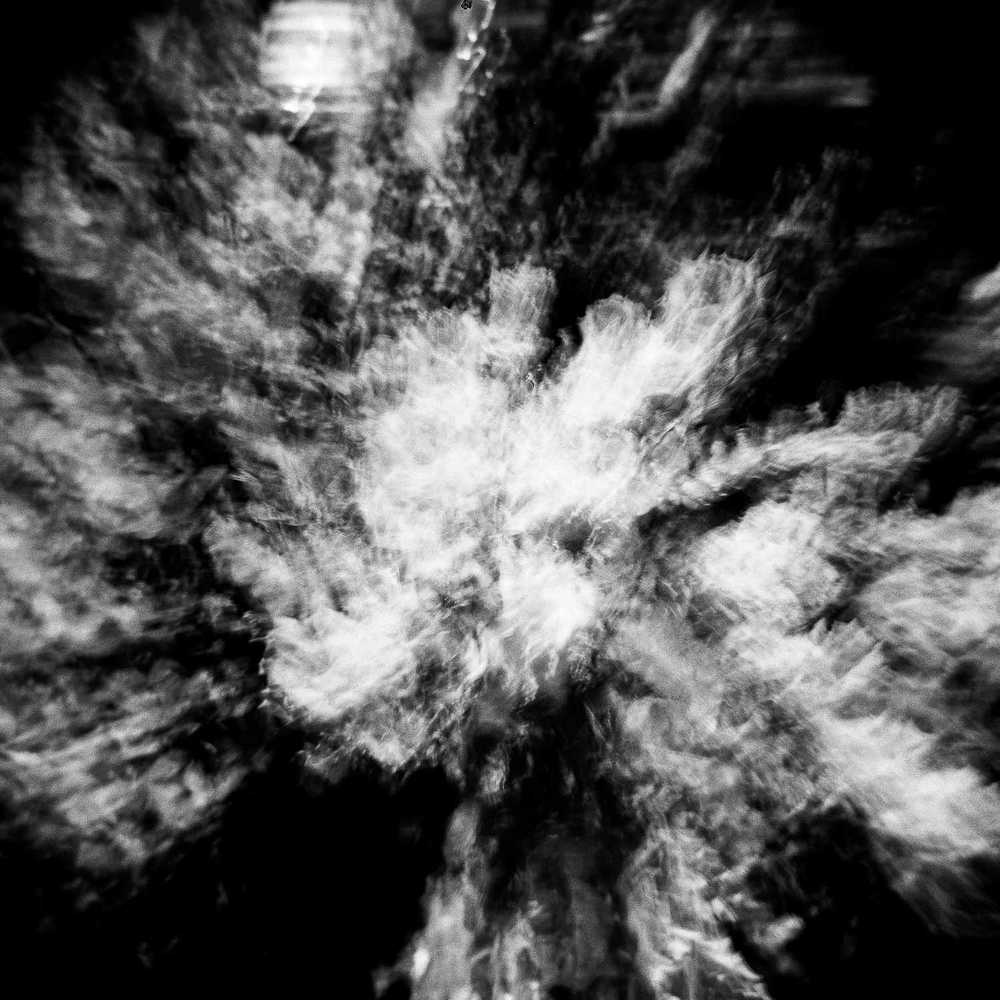
When I started shooting film again, I decided to start with a roll of black and white film. Because my camera did not have a light meter (common with some film cameras), I had to use a handheld meter. This meter I was using was OLD school! I was confused how to use it, and I ended up reading things completely wrong. I ended up overexposing my film by about 3 stops. Oops. If you are familiar with digital, you know that overexposing by 3 stops means your photos are ruined. But then I learned about the concept of compensating film in the developing process...
Pushing and pulling basically means to compensate for underexposing or overexposing a roll of film while developing. Importantly, the whole roll has to be pushed or pulled. It's not possible to fix just a couple frames from a roll with this technique. So, I was able to describe my mistake to the developing lab, and they adjusted the developing time of this roll. Here are the results of this first roll of black and white, overexposed by 3 stops during shooting:
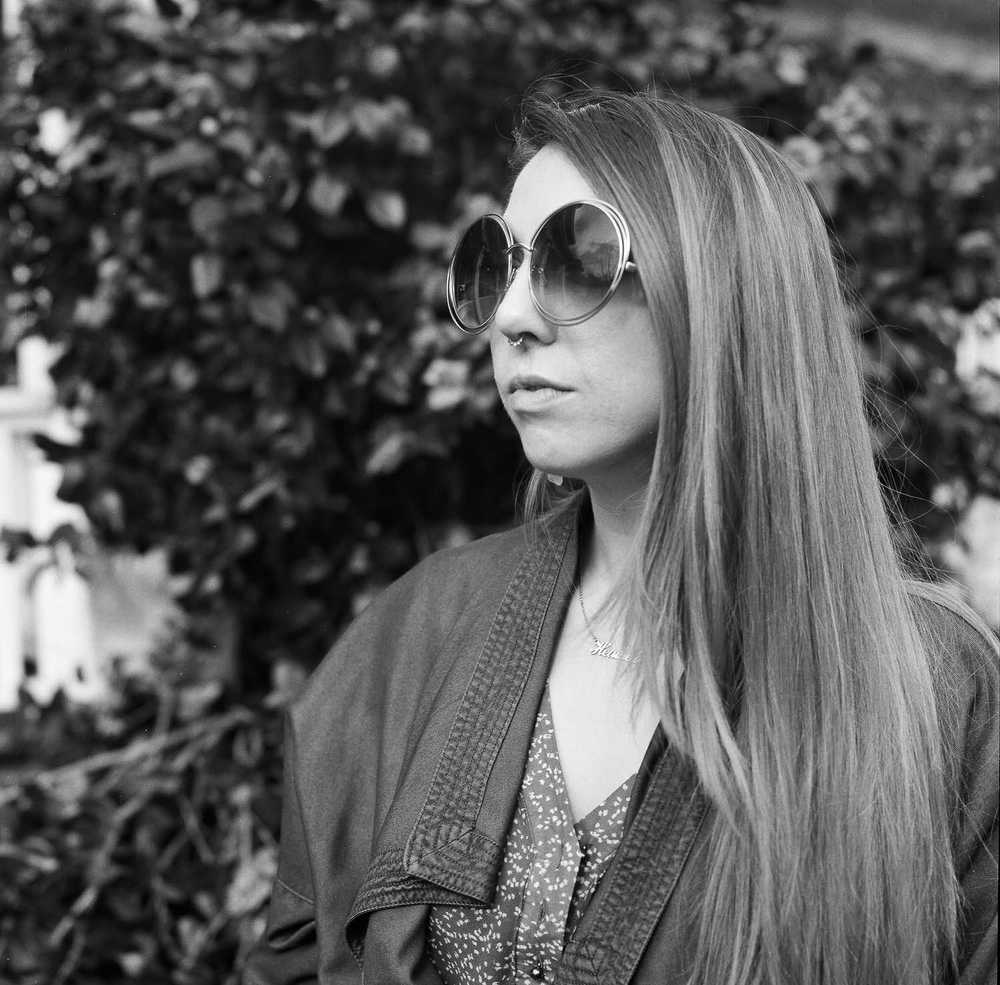
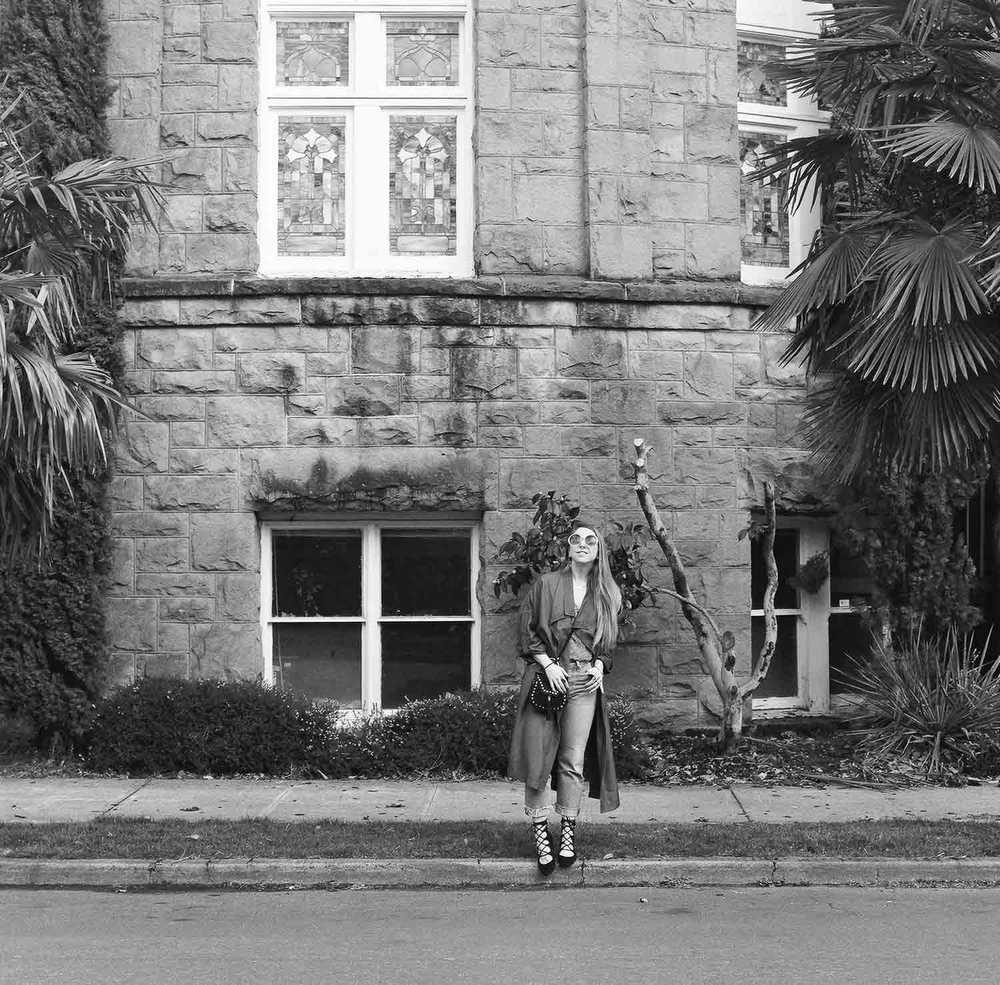
I was actually floored that a mistake this big during shooting could be 'fixed in post'. So yes, understanding the technical is important, but many times you can salvage your mistakes as well.
Manual Focus
Another big aspect that makes film photography harder than digital is that most older film cameras lack autofocus capabilities that modern digital cameras possess. This means photographers must learn to manually focus their lenses, which can be challenging at first. How much do you trust your eyes while shooting? Modern shooters rely quite a bit on auto-focus, so manual focus does take a lot more practice to develop the muscle memory. However, many older cameras have amazing viewfinders that are very pleasing to look through. And another benefit of manual focus is you never have a shutter lag, which means the camera will never wait to focus before allowing you to take a picture.
Here's an example of a manual focus camera called the Olympus XA. It does NOT have an amazing viewfinder, but it might just be the perfect spy camera:
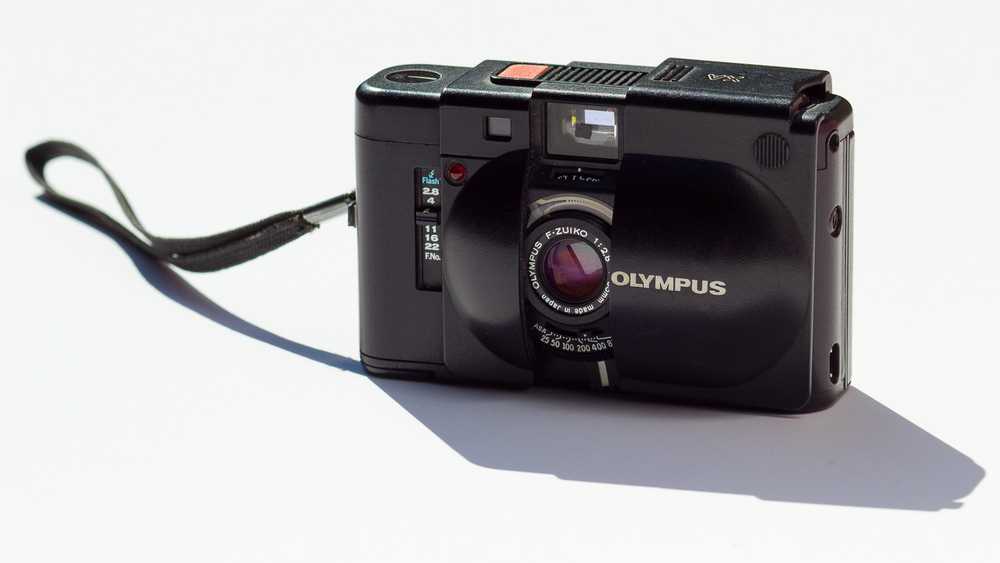
Limited Frames
With digital photography, storage is virtually unlimited, allowing for thousands of shots to be taken and trashed at will. Film photography, on the other hand, limits photographers to a set number of exposures per roll, usually 12, 24, or 36. This restriction requires a more deliberate and thoughtful approach to each shot, encouraging photographers to be more mindful of composition and timing. Either that, or you just have money to burn. Speaking of money...
Money Talks: The Cost of Film and Processing
Cost of Film
Simply put, every click costs money. Film photography can be really expensive, especially since the Pandemic. Is it just me, or did the film companies hike up prices to almost $20 a roll for some film stocks because they can? Or did they do it because they had to to cover their own wink wink costs? At the time of this writing, a roll of Kodak Ektachrome is $22, but I'm sure they have great reasons at their corporate quarterly review!
Developing and Scanning Film
Accessing film processing services can be another hurdle. While some major cities have several labs, smaller towns may have none, forcing photographers to mail their film to distant labs, adding time and cost to the process. Alternatively, developing film at home requires space, equipment, and chemicals, and has its own learning curve.
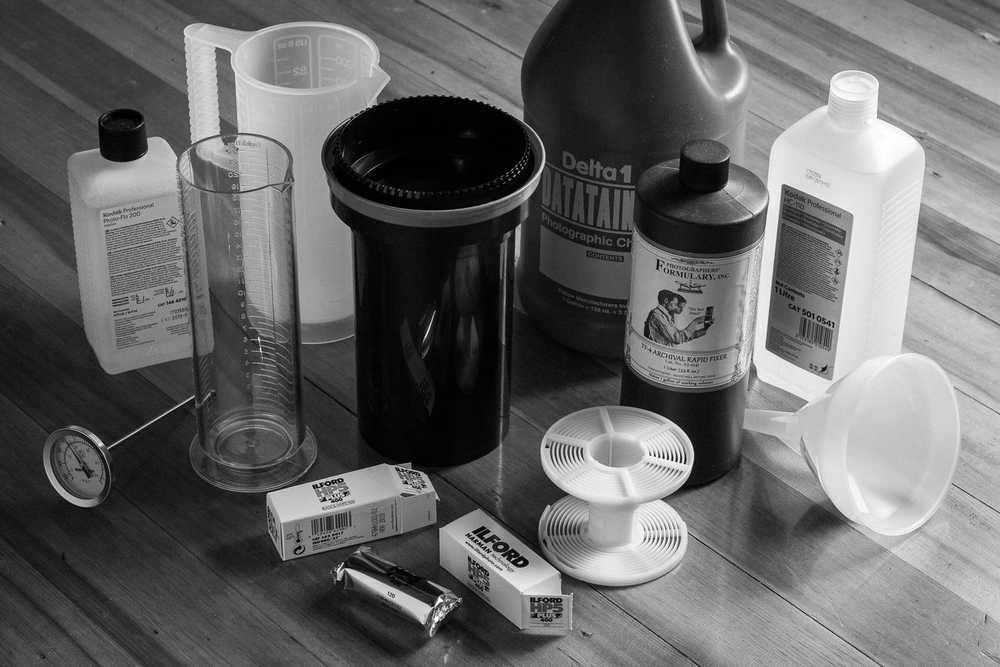
I decided early on that I wanted to re-learn how to develop my own black and white film, because it's something I used to do in high school. It's really not too difficult, and it allows you to have full control of things like pushing, pulling, and stand developing. But, after trying to develop color film at home once, I decided to leave color developing to the professionals. It's quite a bit more exacting than developing black and white film. I'm lucky that I have a local lab called Citizen's Photo in Portland that does a great job and is reasonably priced for developing.
And then there is scanning film after development. Again, you can pay a lab to have it done, but this is going to cost you to get high-resolution scans. So I always scan my own film. A number of years ago, it was most common to use a flatbed scanner to digitize film. This was a horribly slow process. I purchased an Epson scanner, which was recommended by other photographers on YouTube. I just about pulled out my hair and quit film photography all together because of scanning with a flatbed.
But then I learned that you could scan your film by photographing it with a digital camera. Companies such as Valoi started making quality film holders, which speeds up the process even more. I am very happy overall with the quality of this approach, and I only had to purchase a film holder and a light source in order to accomplish this.
The Rewards of Analog Photography
Despite the costs and other challenges, I still find film photography very rewarding. Here’s why:
The Tangibility of Film
One of the most compelling aspects of film photography vs digital is the physicality of the medium. The process of loading a roll of film, advancing the frame, and hearing the shutter click creates a physical connection to the act of photographing. Trust me on this one... holding negatives and photographs is a way different experience than viewing images on a phone.
Unique Aesthetic
Film has a distinct aesthetic that digital photography often emulates but never quite replicates. The grain, color rendition, and dynamic range of film provide a unique look that I find very appealing. Each type of film stock has its own character, offering a variety of creative possibilities.
When I started shooting film again after a decade of shooting digital cameras, I was taken by surprise just how different everything looks when shot on film. It's hard to put into words, really. Is it better? I wouldn't use the terms better or worse, just different. And fun.
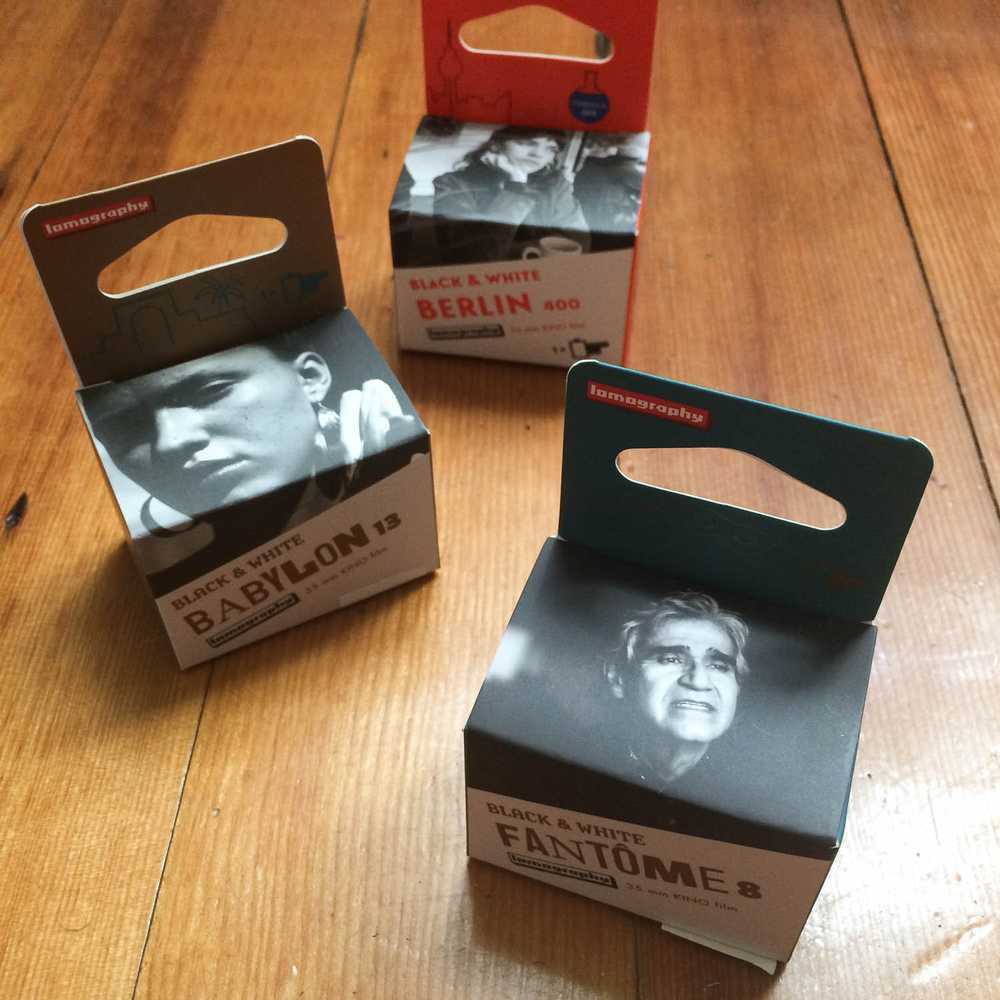
Each film stock has its own look. It's fun to experiment and see which types of film you prefer.
Double Exposures, Light Leaks, and Other Experimental Elements
I find it easy to get very experimental when shooting film. For example, when shooting with a Holga camera, double exposures are effortless to experiment with. Here are a couple of my favorites:
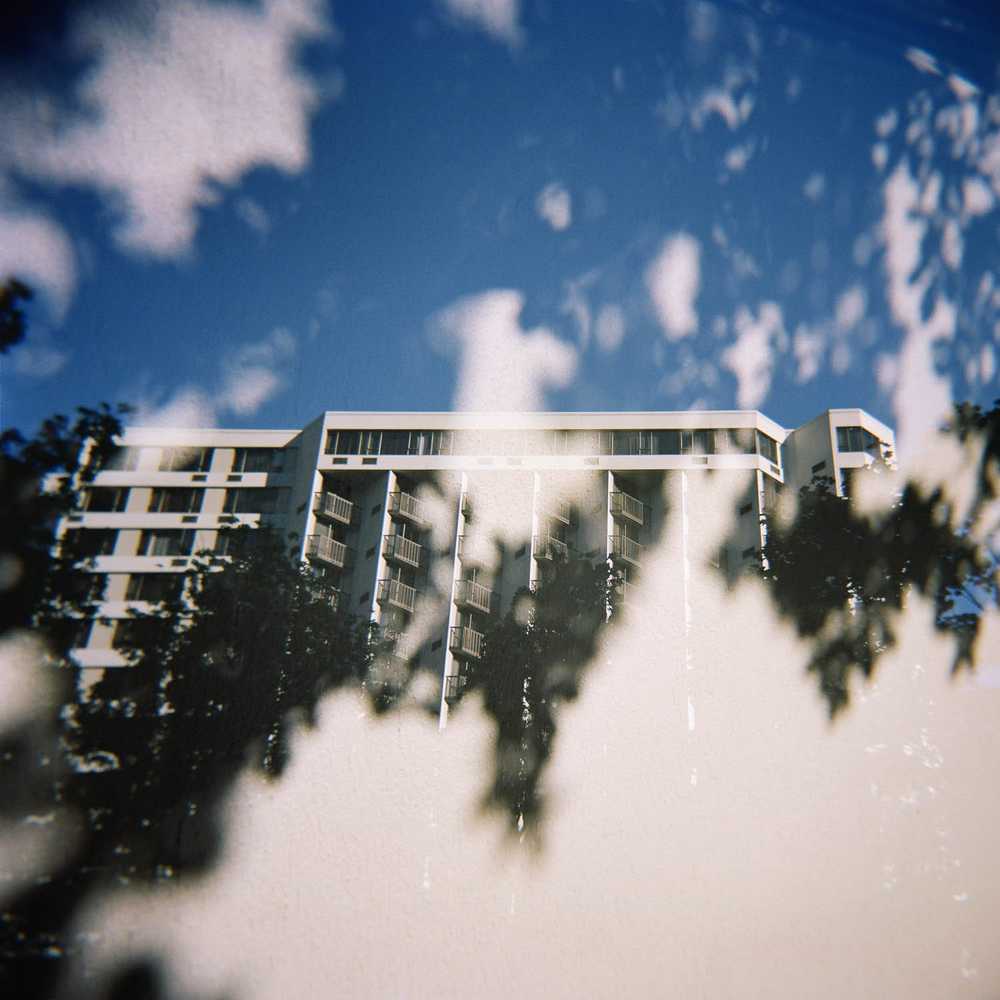

And there are plenty of other variables to play with like: intentional light leaks, red-scale film, and other variables. The possibilities are endless!
Limitations Help with Creativity
The limitations of film can foster greater artistic creativity. With fewer shots available, photographers tend to think more critically about composition, lighting, and subject matter. This deliberative process can enhance one’s photographic skills and lead to more intentional and thoughtful images.
Conclusion
So, is film photography hard? It can be, especially for photographers accustomed to the conveniences of digital photography. However, the difficulties and quirks are part of what makes film photography a compelling and rewarding endeavor. The process encourages a slower-paced approach to photography and offers unique aesthetic qualities that might be worth the extra effort.
If I was to give any advice as to starting with film or digital, I would say, "Why not both?" You probably have a phone, right? Use your camera phone to work on composition, and break out the film camera when you can. I basically shoot digital for most of my commercial work and shoot film for personal work. And as I said above, I scan all my negatives with a digital camera, so it's helpful to have both.
I still remember staring in awe at those first few rolls after I got the email that my scans were ready for download. They looked so different compared to what I was used to. It was like I was starting all over again and photography was new and exciting!
Here are links to a few of my favorite film shoots I've done in the last few years:
Color Film shoot with a Portland model
Black and white film shoot with a Portland model
Experimental roll of double exposures
Grungy rock 'n roll film portraits
-Chris